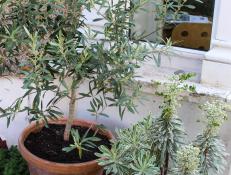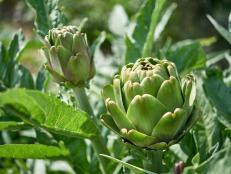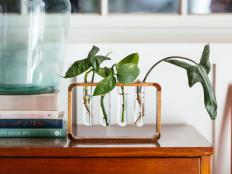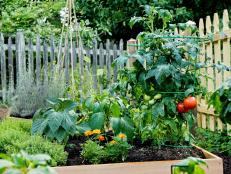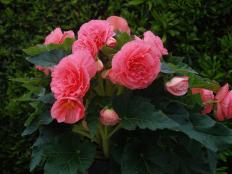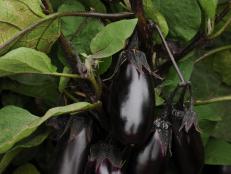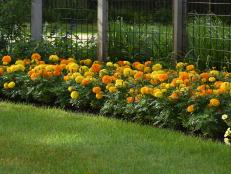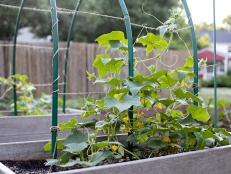Planting for Pollinators

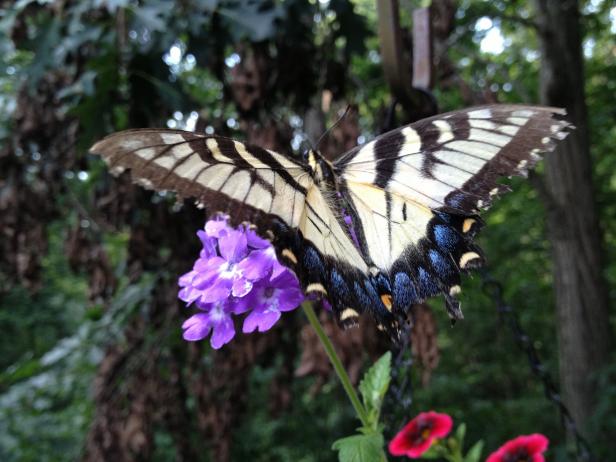
Photo by Lynn Coulter
Wonder where the wild things are? Scientists say Monarch butterflies are disappearing, along with honeybees and many other bee species, and cite everything from severe weather to loss of habitat to disease as contributing factors.
Pollinators like birds, bees and butterflies are vital to our food supply, but they also add incredible beauty to the world. We can’t solve their problems overnight, but we can help them by growing plants they need for food and shelter.
Native plants and wildflowers are great choices for pollinators. It’s best to include a mix of flowers, vines, grasses, trees, shrubs and bulbs. Use annuals and perennials for successive waves of blooms and seeds; this will help keep your wildlife buffet open throughout the growing season.
How to Attract Butterflies
Butterflies prefer orange, red, yellow, pink or purple and they’re drawn to flowers with flattened tops or to tubular-shaped flower clusters. It’s best to grow your flowers in masses to help butterflies find them more easily.
Successful butterfly gardens should offer host plants for butterfly larvae (caterpillars) as well as nectar-producing plants for the adults. Leave a weedy patch or two in your landscape, if possible—Monarch caterpillars feed only on milkweed plants, while others munch on clover, thistle, leaves or grasses.
If you’re concerned about caterpillars eating holes in your ornamental or edible plants, try growing extras, and try not to stress over ragged-looking foliage. Tattered leaves are a small sacrifice to make for the colorful, fascinating butterflies they become. And remember: Never use chemicals on plants that pollinators visit. You don’t want to harm or kill the guests you've invited to dine.
11 Plants for Pollinators 11 Photos
These spring, summer and fall blooming plants attract bees, butterflies and other pollinators that keep your garden bursting with life.
How to Attract Bees
Bees are drawn more to single blossoms than doubled types, and seem to prefer blues, purples and yellows. Avoid keeping your garden too neat; like other pollinators, bees like areas that are natural, overgrown and even weedy. As with butterflies, grow plants for bees that will bloom in succession, so there’s a steady supply of food (nectar and pollen). Native species and wildflowers are ideal choices for a bee garden.
How to Attract Birds
Bird watchers don’t need to be encouraged to plant bird-friendly gardens. They already know how much pleasure these winged visitors provide, with their beauty, movement and songs—not to mention how much fun it is to watch birds build nests, raise their young and teach them to fly.
Birds can also be valuable pollinators, carrying pollen on their heads and wings as they move around the garden. Grow plants that produce seeds, nuts and fruits to attract birds to your garden, and don’t be too quick to deadhead all your flowers. Allow some to set seeds, at least by autumn, so the birds will have plenty to eat as the cold weather arrives and other food sources decrease. Orioles and hummingbirds will visit flowers that produce nectar; they prefer tubular pink, red or orange blooms. Tanagers, some warblers, mockingbirds and grosbeaks may also drink nectar.
For best results, grow plants in “layers,” using tall trees or plants, then medium-sized plants, and finally a layer of short plants. Drifts of leaves underneath tress and shrubs will offer worms and other insects for birds to eat. Use hedges, thorny shrubs or patches of brambles to give birds safe places to escape from predators and build nests.
Extras That Encourage Pollinators
- A bird bath, kept clean and filled with fresh water.
- Feeders stocked with a good quality seed mix and/or sunflower seeds.
- A few flat rocks in a sunny spot, so butterflies can bask.
- White or pale yellow flowers; night-bloomers like moonflowers; and flowers with rich perfumes, for nocturnal moths.








